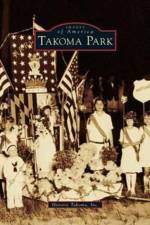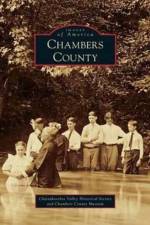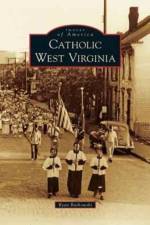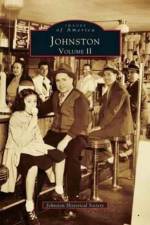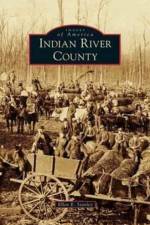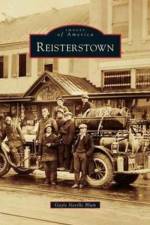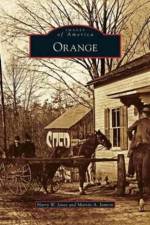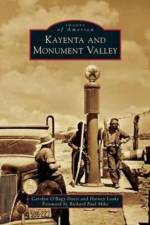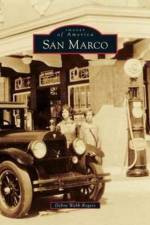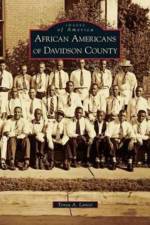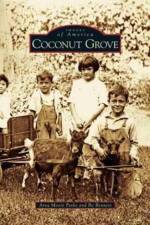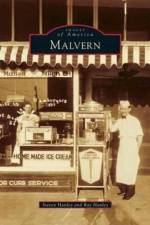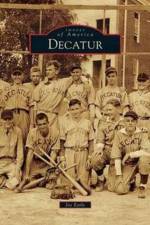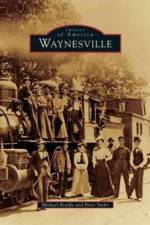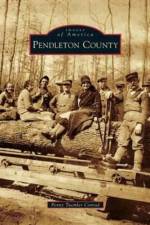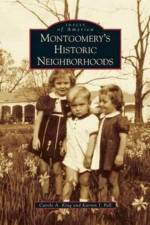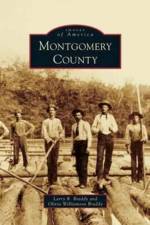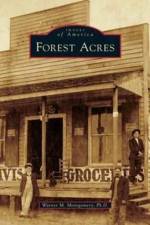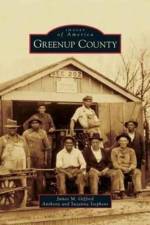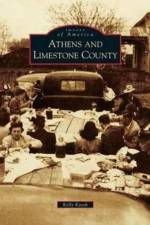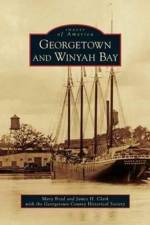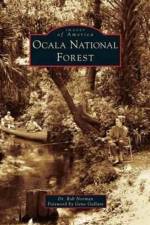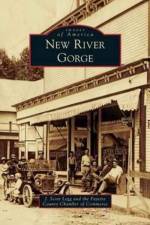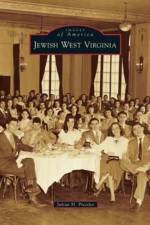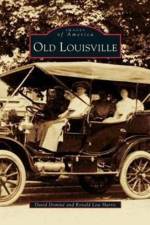av Penny Tuemler Conrad
385,-
Pendleton County, carved from parts of Bracken and Campbell Counties in 1798, sits halfway between Cincinnati, Ohio, and Lexington, Kentucky. The Pendleton name came from the early group of Virginia settlers who founded Falmouth, the county seat, at the confluence of the Licking Rivers. They selected this name to honor Edmund Pendleton, a Virginia statesman and surveyor of Kentucky. The landscape offered gently rolling hills, the two Licking Rivers, and their tributaries as a place to settle and prosper. Within the valleys and rich bottomlands of these hills, the communities of Falmouth, Butler, DeMossville, Catawba, Goforth, McKinneysburg, Boston Station, Morgan, Flour Creek, Mt. Auburn, and all the small business centers grew and prospered. Pendleton County has provided their community, state, and country with citizens who served as legislators, ministers, soldiers, education leaders, entertainers, business entrepreneurs, and a Nobel Prize-winning scientist.

